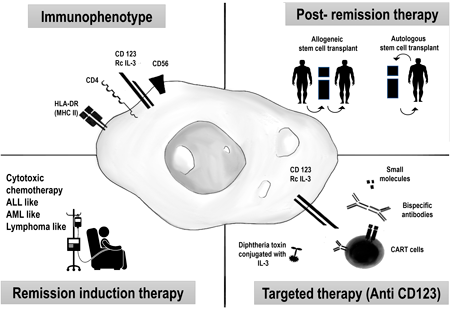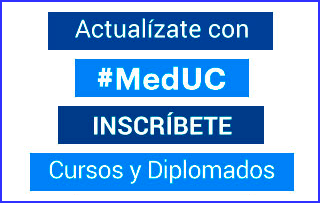Management of blastic plasmacytoid dendritic cell neoplasm: a case series from Chile
Manejo de la neoplasia blástica de células dendríticas plasmocitoides: reporte de dos casos clínicos en Chile
DOI:
https://doi.org/10.11565/arsmed.v50i1.2109Palabras clave:
hematology, hematologic neoplasm, chemotherapy, targeted therapiesResumen
Blastic plasmacytoid dendritic cell neoplasms (BPDCNs) are a rare hematologic malignancy characterized by an aggressive clinical course, short survival following chemotherapy, and poor prognosis. Clinical manifestations most commonly involve the skin; however, lymph nodes, liver, peripheral blood, and the meninges can also be affected. The optimal therapeutic approach remains undetermined, hindering the design and implementation of clinical trials. Nevertheless, hematopoietic stem cell transplantation (HSCT) is widely recognized as crucial for achieving prolonged remission and potential cure. We present two BPDCN cases treated with HSCT and a brief literature review, marking the first published report of this disease in our country, Chile. In the first case, a 33-year-old male with a thoracic mass and cutaneous nodules was diagnosed via immunohistochemistry (CD56, CD123, CD4, BCL-2, Ki-67 45%, and CD68). He received five cycles of chemotherapy, achieved complete remission, and underwent autologous stem cell transplantation. One year later, he relapsed with rapid leukemic progression and died of refractory disease. The second case involves a 17-year-old female presenting with severe headaches, anemia, thrombocytopenia, and 48% blasts in peripheral blood; BPDCN with central nervous system involvement was confirmed. After induction chemotherapy (cytarabine and daunorubicin) plus intrathecal treatment, she achieved remission and underwent four cycles of high-dose cytarabine. A successful haploidentical transplant from her father followed, and she remained in remission for two years post-transplant without significant complications. These cases underscore the pivotal role of HSCT in BPDCN management. They also highlight the urgent need for prospective research to establish definitive treatment protocols, emphasizing the importance of ongoing research.
Descargas

Descargas
Publicado
Cómo citar
Número
Sección
Licencia
Derechos de autor 2025 Maximiliano Vergara, Mauricio Sarmiento-Maldonado, Mauricio Ocqueteau-Tacchini

Esta obra está bajo una licencia internacional Creative Commons Atribución-CompartirIgual 4.0.
A partir del 1 de octubre 2023, los autores/as conservan sus derechos de autor y garantizan a la revista el derecho de primera publicación de su obra, la que estará simultáneamente sujeta a la Licencia CC BY-SA 4.0 (Ver declaración de Acceso Abierto).








